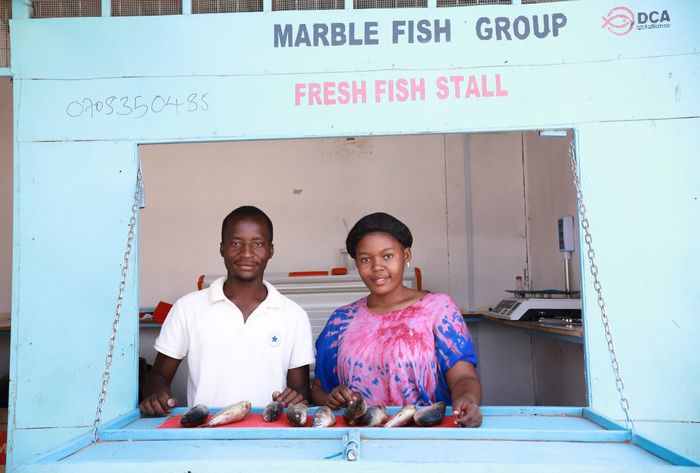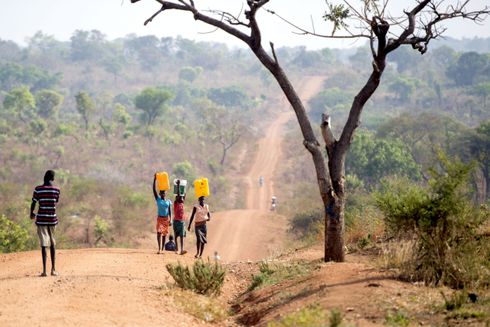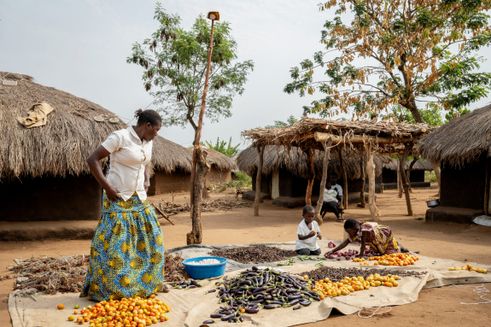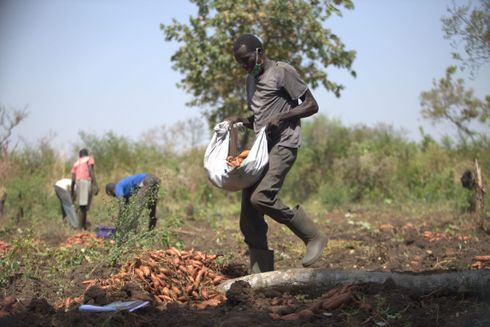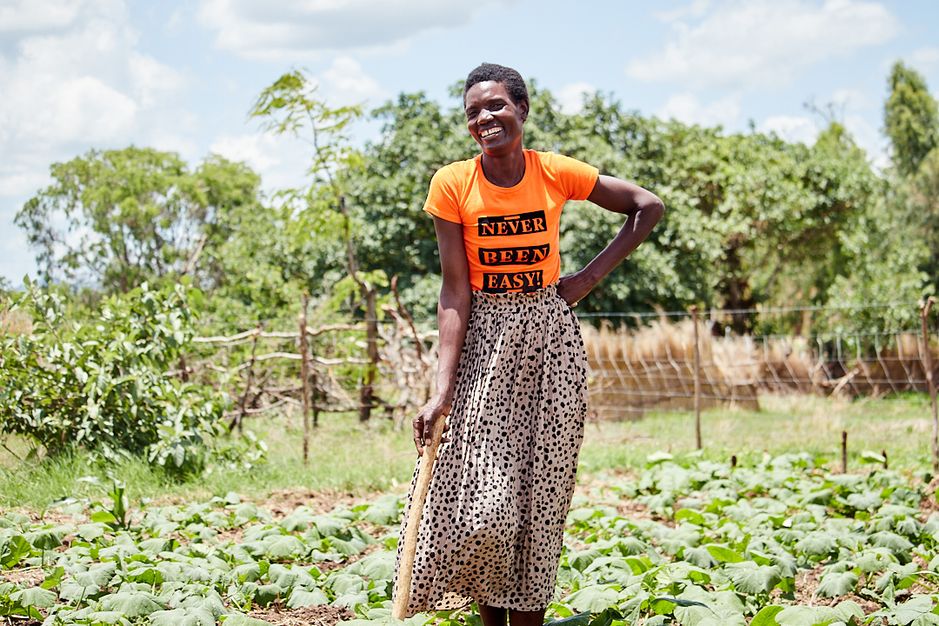What is climate mitigation?
Climate mitigation means taking action to prevent the planet from warming to more extreme temperatures. This can include reducing human emissions of greenhouse gases (GHG) and increasing natural carbon storage in forests and soils.
The level of GHG emissions in the atmosphere defines how much the global surface temperature will rise. The more the temperature increases, the larger the climate change-related risks and we may see long-lasting or irreversible impacts, such as the loss of ecosystems.
The Intergovernmental Panel on Climate Change (IPCC) has established several scenarios that explore the possible future emissions pathways and the associated impacts, and it is clear cutting emissions urgently is necessary to significantly reduce the impacts of climate change.
DCA’s approach to climate mitigation
In DanChurchAid (DCA). we integrate climate mitigation efforts into our projects and our own operations. We introduce renewable energy and energy efficient solutions such as solar-powered irrigation systems and clean cookstoves. We also reduce food loss and waste along agrifood value chains and support projects that capture carbon from the atmosphere, for example by integrating trees and shrubs into farming systems.
In many of our projects, climate mitigation objectives are integrated with other development or adaptation efforts. For example, when we support the installation of solar-powered efficient irrigation systems, farmers can adapt to changes in rainfall patterns while reducing the consumption of diesel or other fossil fuels, that would be used in generators to pump water to the fields. Climate mitigation often also supports economic savings, for example by reducing energy consumption or the use of costly chemical fertilisers.
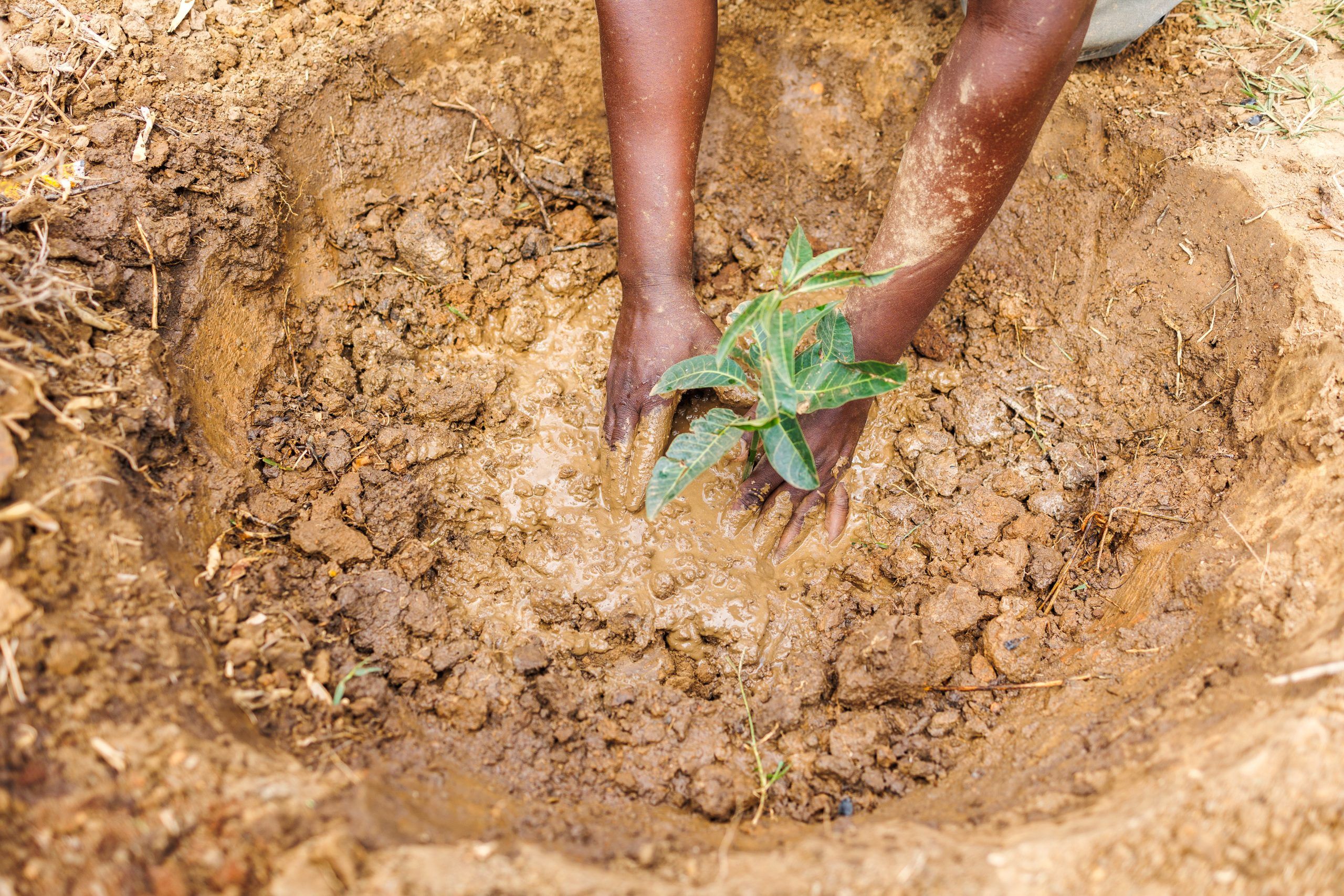
The Intergovernmental Panel on Climate Change (IPCC) has established several scenarios that explore the possible future emissions pathways and the associated impacts, and it is clear cutting emissions urgently is necessary to significantly reduce the impacts of climate change.
Climate mitigation in Uganda
Uganda’s refugee and host communities are heavily reliant on natural resources for cooking, building materials, and agriculture. The growing refugee population has intensified pressure on these resources, leading to environmental degradation, reduced groundwater recharge, and reduced food and nutrition security.
When trees are cut down to be used for cooking, building materials or for agriculture, carbon dioxide is released into our atmosphere and less is being absorbed, contributing to climate change.
Since 2019, DanChurchAid and local partners, have been supporting refugee and host communities in the West Nile region and Kampala to restore the environment, access clean energy and engage in green livelihoods such as shea nut butter production, agroforestry and beekeeping.
DCA’s climate mitigation highlights from Uganda:


